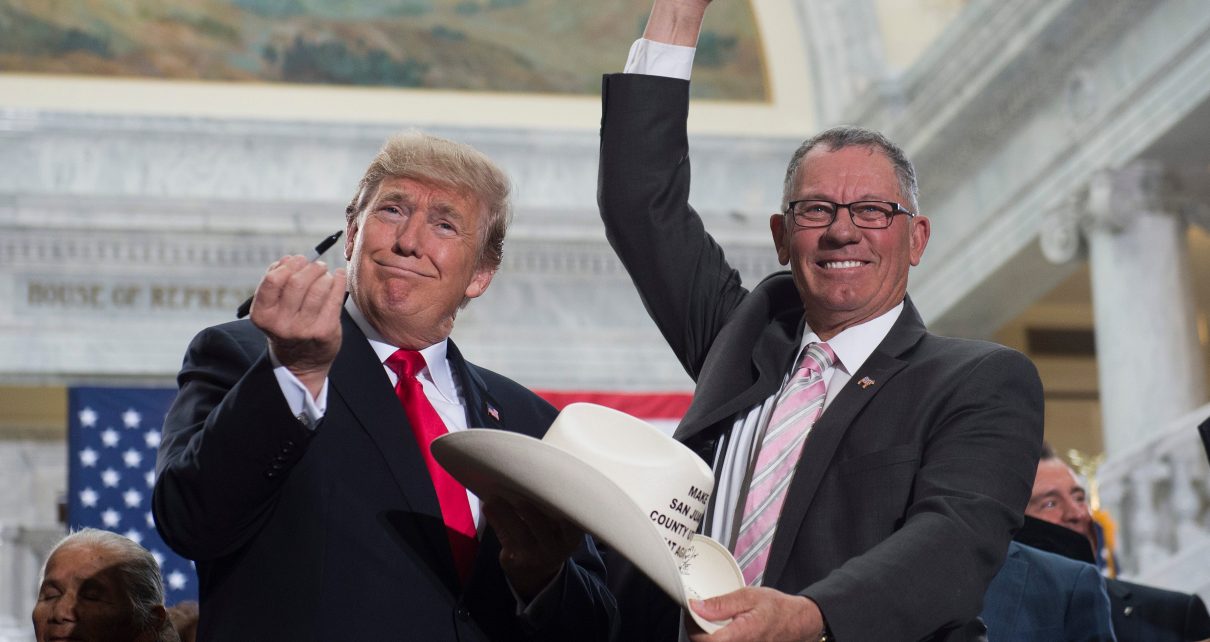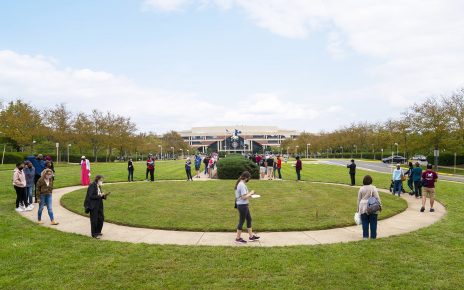In Malaysia, it’s happening so a housing development can be built. In Albania, it’s to make room for an airport. And in both Brazil and the United States, it’s to extract more minerals and fossil fuels.
These are some of the reasons that governments have given for shrinking or eliminating protected areas in recent months, even as a global pandemic has limited the public’s ability to participate in these decisions.
The cruel irony is that, by scaling back protected areas, governments are silently weakening policies that can help minimize the risk of future pandemics.
Governments must reverse course on these rollbacks, and instead invest in scaling up protections, for the environment and our health.
Protected areas are some of the best investments for nature and people that we can make. They can safeguard biodiversity, reduce deforestation and sequester carbon. They can also help to improve incomes and health outcomes in local communities. To give just one example, families living near well-designed protected areas in the tropics have lower poverty rates and better health outcomes on average than similar families living further away.
Despite these benefits, rollbacks to protected lands and waters are not new. Governments around the world have proposed or effectively enacted reduced protections nearly 3,800 times in the past two decades—once about every two days, on average.
Most of these rollbacks have opened up lands and waters to industrial activities, like infrastructure, agriculture, mining, and oil and gas drilling.
What has changed since the beginning of the outbreak is the ability of governments to make these changes with relatively little public oversight. Since social distancing prevents large gatherings from taking place, some governments have advanced harmful rollbacks with limited input from local communities. In some cases, they have even eliminated the requirements for public consultation in the decision-making process.
To understand the extent of this problem, I created a tracker that draws on news reports, government documents, and conservations with experts working in the field. While these findings are by no means comprehensive, they reveal that governments have tried to scale back protected areas on just about every continent since the beginning of March.
Some of these actions threaten endangered species and could fragment vital ecosystems. Others increase risks to indigenous communities. Some may lead to the release of significant amounts of carbon dioxide into the atmosphere, accelerating the pace of climate change. Many are flying under the radar while the pandemic and the struggle for racial justice understandably absorb public attention.
In one particularly egregious example, the government of Canada’s province of Alberta has proposed to remove protective status for 175 provincial parks , following a quiet amendment that removed the requirement for public consultation in these types of decisions.
Wherever they are happening, these rollbacks to protected areas can increase the likelihood of future pandemics. We know that land use change is the most significant driver of emerging infectious zoonotic diseases, like the virus that caused COVID-19. That is why leading public health experts are urging governments to protect nature as a part of their pandemic prevention strategies, something that protected areas do by definition.
By opening up protected areas to development, we don’t just undermine our efforts to care for protected places. We run the risk of creating the conditions for another pandemic, even while we’re still dealing with the current one. We also further risk locking in a harmful trajectory for our climate, when we know that climate change disproportionately affects communities of color.
This is why governments around the world must stop harmful environmental rollbacks, especially at a moment when the public cannot adequately participate in the decision-making process. Instead of exploiting this moment to scale back protected areas, governments should follow the EU’s example and use economic recovery efforts to scale them up.
These efforts provide an unprecedented opportunity to strengthen protected areas and the livelihoods they can support when designed well, addressing economic and environmental priorities at the same time. And by improving the health of surrounding ecosystems, such protections can make local communities more resilient against future public health threats.
Governments should also keep these rollbacks in mind as they negotiate the post-2020 framework of the Convention on Biological Diversity over the next year. A standard system to track rollbacks globally would improve transparency and accountability, while encouraging better decision-making for the conservation areas that we depend on.
To avoid future pandemics, we need to keep nature healthy, which includes supporting our protected areas in the long term. Governments must stop harmful rollbacks to these protections and invest in nature—for our benefit today and for generations to come.




